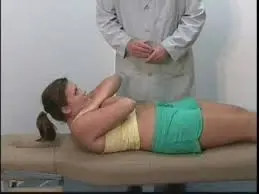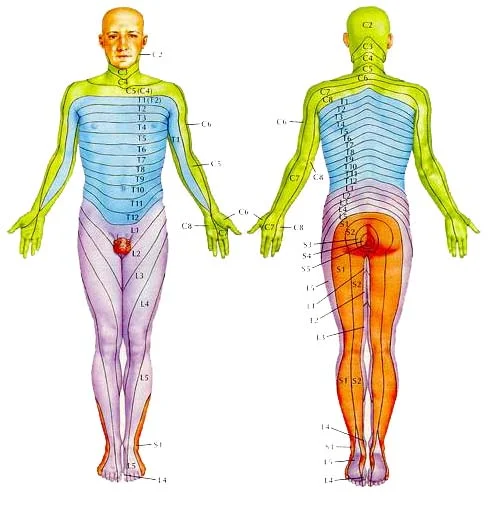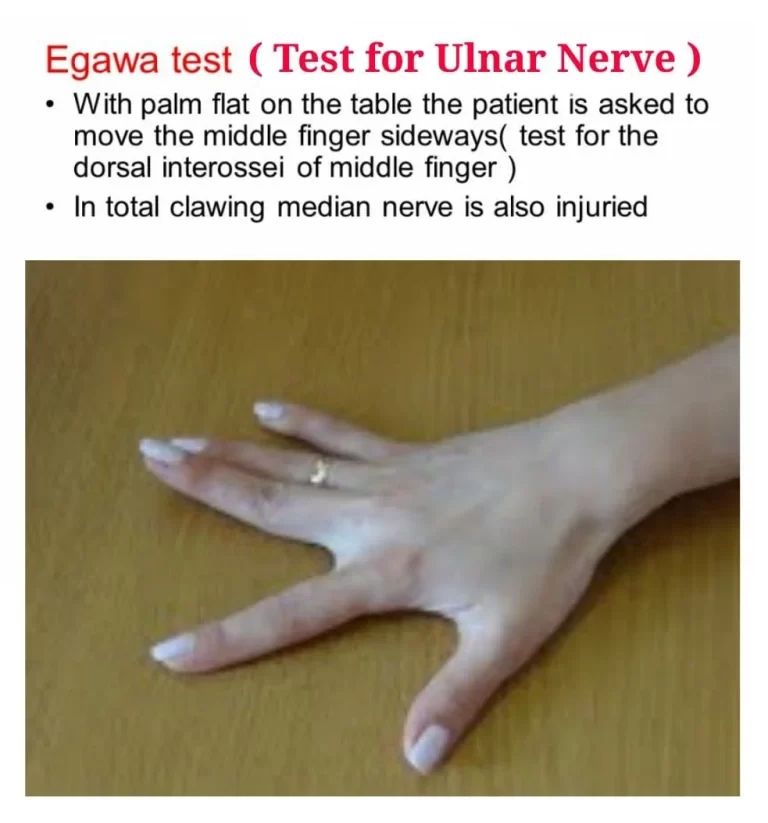Beevor sign
Beevor sign is a clinical examination maneuver used to assess the function of the abdominal muscles, specifically the rectus abdominis muscle. It involves observing the movement of the umbilicus (belly button) during a supine maneuver where the patient raises their head and shoulders slightly off the examination table.
If the umbilicus moves upwards or deviates to one side, it suggests weakness or paralysis of the corresponding side’s rectus abdominis muscle. The Beevor sign is helpful in evaluating nerve damage or dysfunction, such as spinal cord injuries or certain neurological conditions affecting the abdominal muscles.
- This Beevor sign is used in the clinic to assess lumbar spine muscle dysfunction.
- When a patient complains of back discomfort that seems like a muscular spasm, the therapist or doctor will use the Beevor sign to show it.
- The Beevor sign test is used to examine a certain aspect of the evaluation.
- Beevor’s sign is a medical sign in which the navel moves towards the head upon flexing the neck, showing the selective weakness of the lower abdominal muscles. Reasons include spinal cord injury, amyotrophic lateral sclerosis (ALS), and facioscapulohumeral muscular dystrophy (FSHD).
Table of Contents
Etymology
The sign is named after Charles Edward Beevor, an English neurologist who described it at first (1854-1908).
Pathophysiology
- When the upper section of the rectus abdominis muscle is normal but the bottom part is weak, Beevor’s sign occurs.
- When the patient is requested to elevate his head while lying supine on the bed, the top component of the muscle contracts more than the lower part, drawing the umbilicus towards the head.
Clinical significance
Beevor’s sign is common in spinal cord injuries between the T9 and T10 levels.
The sign has also been identified in amyotrophic lateral sclerosis (ALS), a disease that causes progressive weakening of muscles in multiple areas of the body, and in facioscapulohumeral muscular dystrophy (FSHD), a disease named after the areas of the body that it preferentially weakens (face, shoulder, and upper arm). The lower rectus abdominis is more affected by FSHD than the higher.
What is the purpose of the Beevor sign?
The abdominal spine’s pathology is examined with this test.
How do you perform the Beevor sign?

- For the test, the patient is supine.
- The patient then flexes his or her head against resistance, tries to sit up with the help of one hand that is resisting behind the head, or coughs.
What is the result of the Beevor sign?
If the umbilicus moves as the abdominal muscles contract, suggesting pathology in the abdominal muscles and paralysis, the sign is positive.
FAQ
In clinical neurology, the unusual upward movement of the umbilicus that occurs while a patient is trying to lift their head from a supine position is referred to as the “Beevor’s sign.”
The following circumstances can result in the bevor sign: tumors, for example, or a lesion in the T10–T12 portion of the spinal cord. Acute Beevor sign with spinal cord infarction caused by a vascular lesion below T10 has been reported, it is noteworthy.





